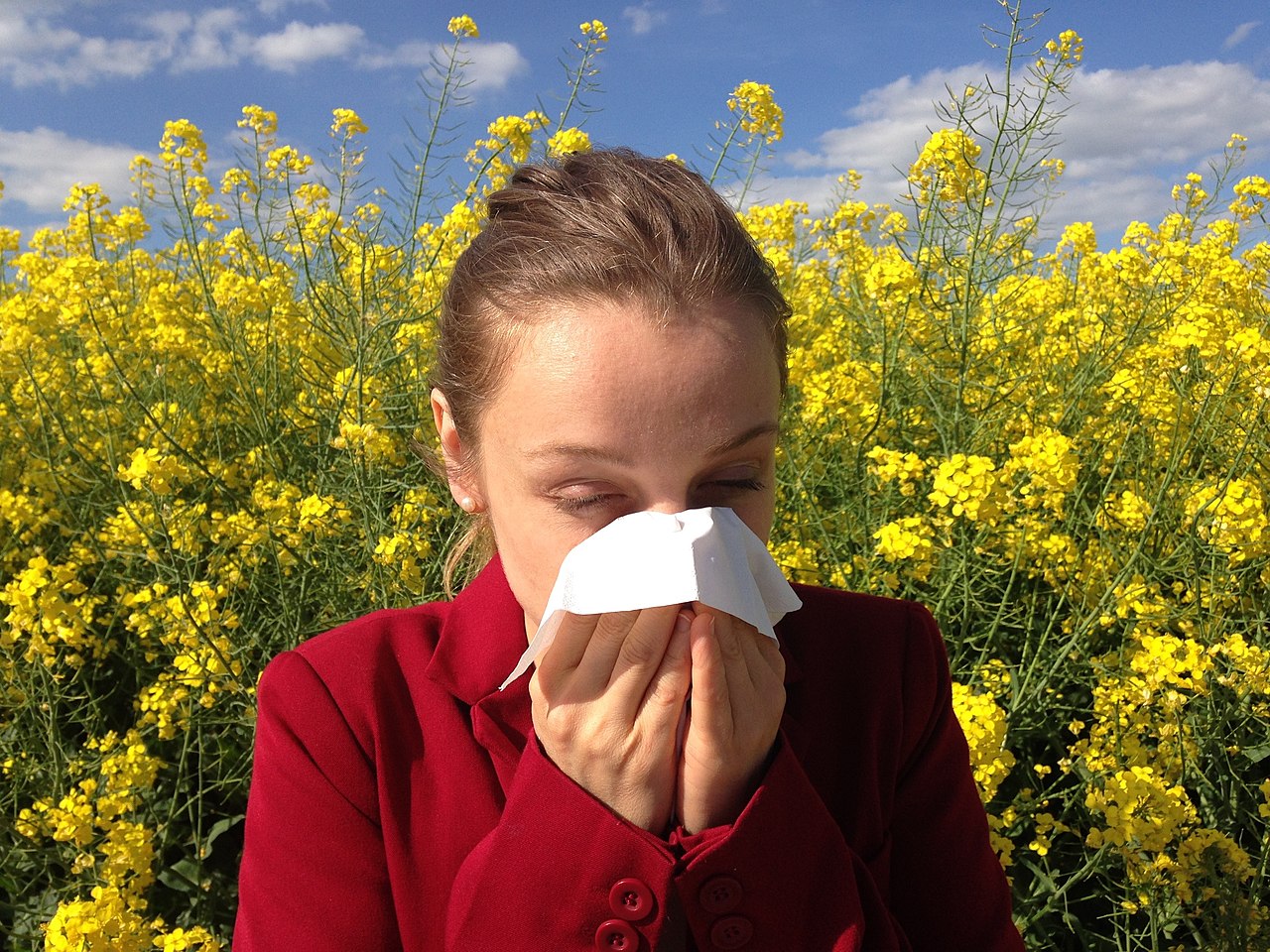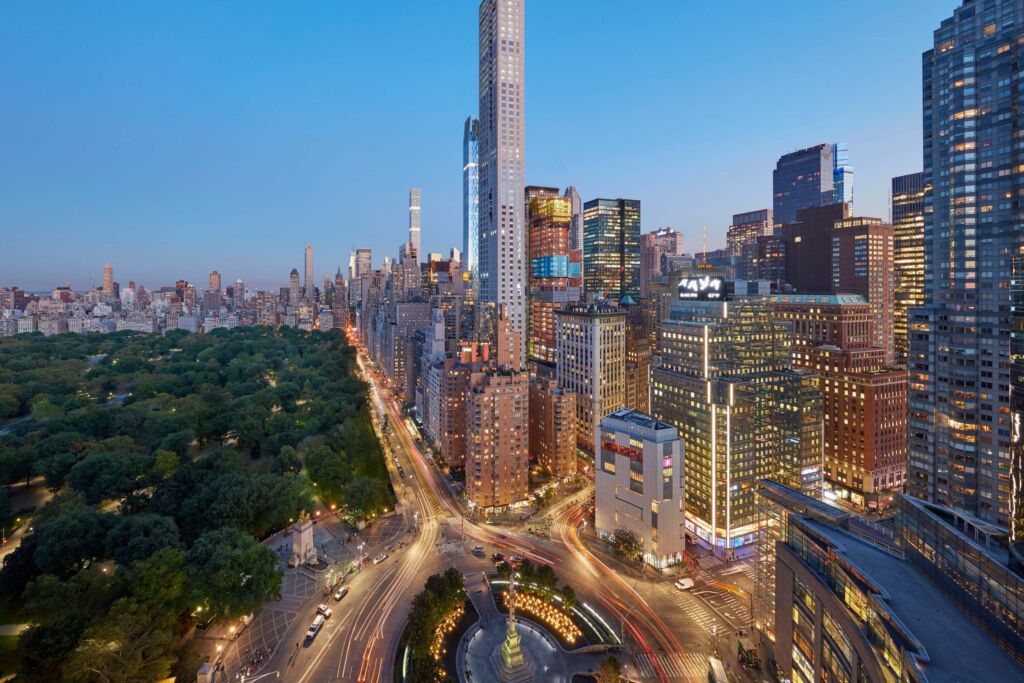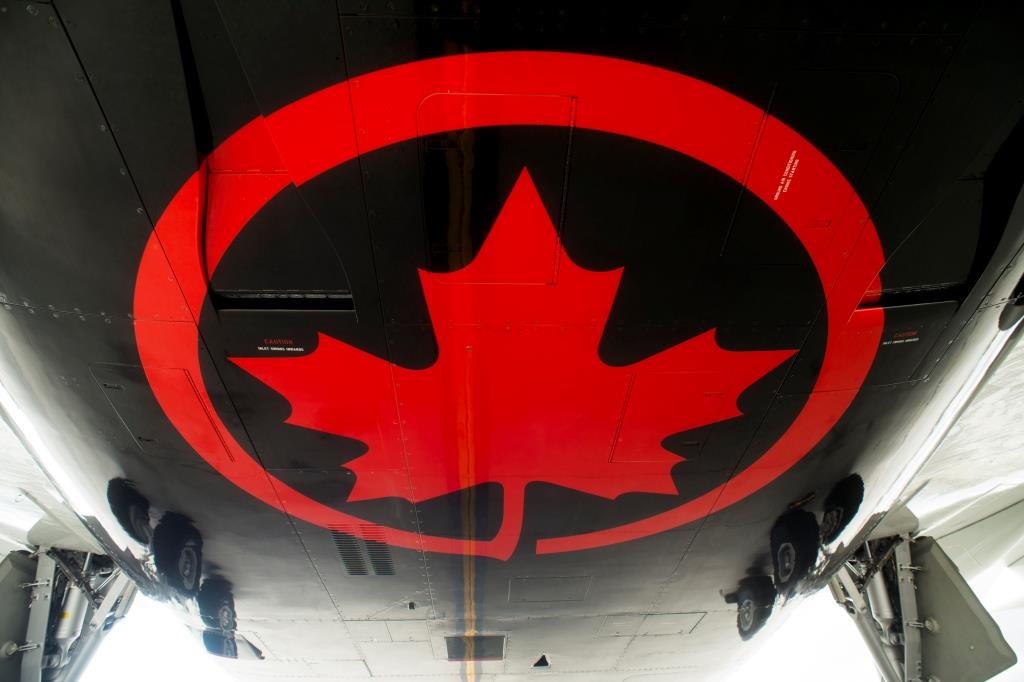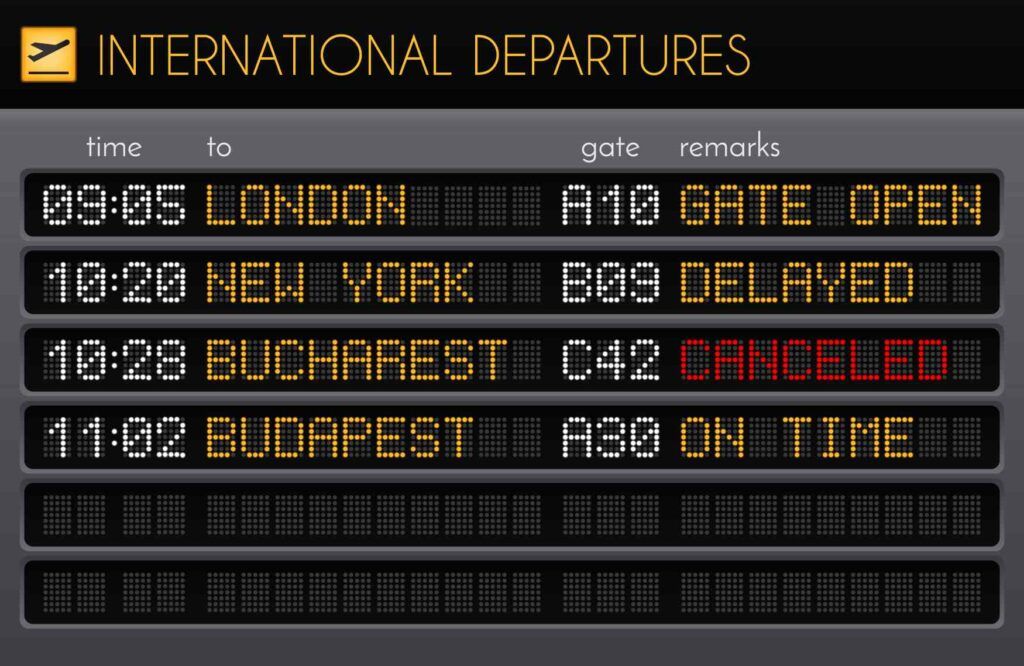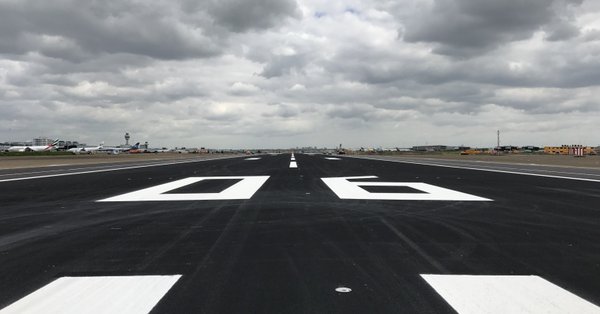Seasonal allergies are an unwelcome reality for many, with symptoms like itchy eyes, sneezing, and a scratchy throat plaguing millions every year. But in some cities, the struggle is particularly harsh, thanks to high pollen counts and warmer temperatures that extend the allergy season. According to a new report from the Asthma and Allergy Foundation of America, certain U.S. cities have become notorious “allergy capitals,” making life harder for residents and travelers alike.
The foundation’s report takes into account not just pollen counts, but also the use of over-the-counter medications and the number of available allergy specialists in an area. These factors combined paint a vivid picture of where allergy sufferers face the most significant challenges. As pollen exposure continues to intensify and last longer, climate change is making the situation even worse. Cities in the Midwest and Southeast are seeing the most dramatic increases in pollen, leading to more difficult allergy seasons.
10 Top U.S. Cities Worst Cities for Allergies
Wichita, Kansas, ranks as the number one city with the worst seasonal allergies in the United States. With its higher-than-average pollen levels, it tops the list for allergy sufferers. Close behind is New Orleans, Louisiana, where the combination of high humidity and abundant plant life contributes to the city’s allergy struggles. Oklahoma City and Tulsa, both in Oklahoma, also rank high on the list due to persistent pollen and lengthy allergy seasons.
Memphis, Tennessee, Little Rock, Arkansas, and Raleigh, North Carolina, round out the top 10 most challenging cities for allergy sufferers. These cities see high pollen counts, compounded by the warm temperatures that lengthen the allergy season. Cities like Richmond, Virginia, and Greenville, South Carolina, also make the list, where pollen from trees, grasses, and weeds creates a tough environment for those with sensitive immune systems. Greensboro, North Carolina, completes the top 10, where pollen counts can make daily life uncomfortable for allergy sufferers.
What Makes These Cities Challenging?
While pollen counts alone are a major contributor to the severity of allergies in these cities, the fact that many of these areas are located in regions experiencing more extreme weather due to climate change makes the situation worse. Warmer temperatures lead to longer growing seasons for plants, meaning more pollen is in the air for a longer period. Additionally, with the increase in pollen, there is often a rise in allergy-related health issues, driving more people to seek over-the-counter medications and medical help.
This worsening trend has prompted an increase in the availability of allergy specialists in these areas, but with such high demand, it can be difficult for sufferers to get timely care. For travelers, this means planning visits carefully to avoid the peak allergy seasons in these top U.S. cities or taking necessary precautions such as packing allergy medications, wearing sunglasses to shield eyes from pollen, or staying indoors during high-pollen times.


